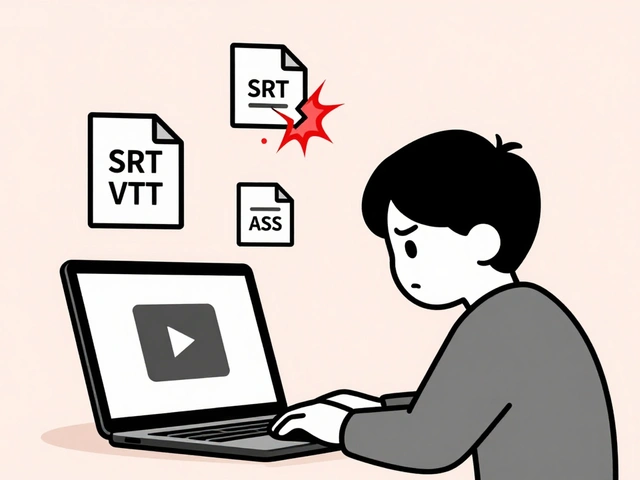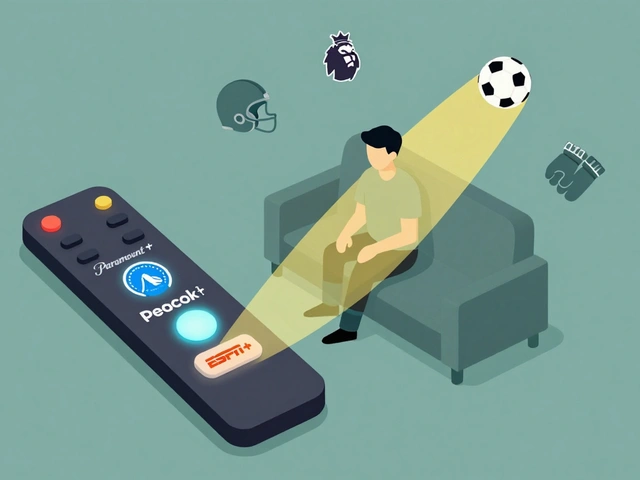Alienation in Cinema: How Films Show Isolation, Disconnection, and Human Fracture
When we talk about alienation in cinema, the portrayal of characters disconnected from society, themselves, or reality through visual and narrative means. Also known as cinematic isolation, it’s not just about someone sitting alone in a room—it’s about how the world around them feels empty, hostile, or indifferent. Think of a character staring out a window while rain streaks the glass, or a voiceover that doesn’t match the images on screen. That’s not mood—it’s method. Filmmakers use alienation to make us feel the weight of modern life: the numbness after a long workday, the silence between lovers who used to talk, the way technology pulls us further apart even when we’re physically close.
This isn’t new. Bertolt Brecht’s estrangement effect, a theatrical technique designed to prevent emotional immersion so the audience thinks critically found its way into film through directors like Jean-Luc Godard, who broke the fourth wall on purpose. Later, existential cinema, a style focused on meaninglessness, absurdity, and the individual’s struggle in an indifferent universe took over with films like Rashomon and 8½, where truth is slippery and identity is a performance. These aren’t just stories—they’re mirrors. When you watch a character in a psychological film, a movie that digs into mental states, perception, and internal conflict rather than external action lose touch with reality, you’re not just watching a plot—you’re feeling the same unease that comes from scrolling through feeds that never feel real.
Modern cinema still uses alienation, but now it’s quieter. It’s in the way a character in a streaming original walks through a crowded subway with headphones on, or how a horror film uses silence to make you feel watched. It’s in the cold lighting of office scenes, the lack of background music in emotional moments, the way dialogue feels rehearsed instead of lived. You don’t need explosions to feel alone. Sometimes, all it takes is a camera that refuses to look away.
The posts here don’t just list films—they show you how alienation works in practice. From the fractured truths in Rashomon to the soul-crushing repetition in Groundhog Day, these are stories where the real horror isn’t the monster—it’s the realization that no one hears you. You’ll find breakdowns of how directors use framing, sound design, and pacing to make isolation feel physical. You’ll see how the gaze, whether male, racial, or algorithmic, turns people into objects. And you’ll understand why some of the most powerful films aren’t the ones that give answers—they’re the ones that leave you wondering if anyone else feels this way too.
9
The Graduate Review: How a 1967 Film Captured New Hollywood’s Rebellion and Alienation
The Graduate captured the quiet alienation of a generation with its raw portrayal of a lost grad, groundbreaking soundtrack, and anti-hero protagonist. It changed Hollywood and still resonates today.
Latest Posts
Popular Posts
-
 Why Subtitles Aren't Working: Fix Common Video Text Issues
Why Subtitles Aren't Working: Fix Common Video Text Issues
-
 Data Management: DIT, Backups, and Archival Best Practices for Video Teams
Data Management: DIT, Backups, and Archival Best Practices for Video Teams
-
 Paramount+ with Showtime vs. Peacock Premium vs. ESPN+: Which Sports Add-On Fits Your Viewing Habits?
Paramount+ with Showtime vs. Peacock Premium vs. ESPN+: Which Sports Add-On Fits Your Viewing Habits?
-
 App Layout Strategies: Organize Streaming Services by Genre and Use
App Layout Strategies: Organize Streaming Services by Genre and Use
-
 How to Cancel Paramount+: Step-by-Step Guide
How to Cancel Paramount+: Step-by-Step Guide



